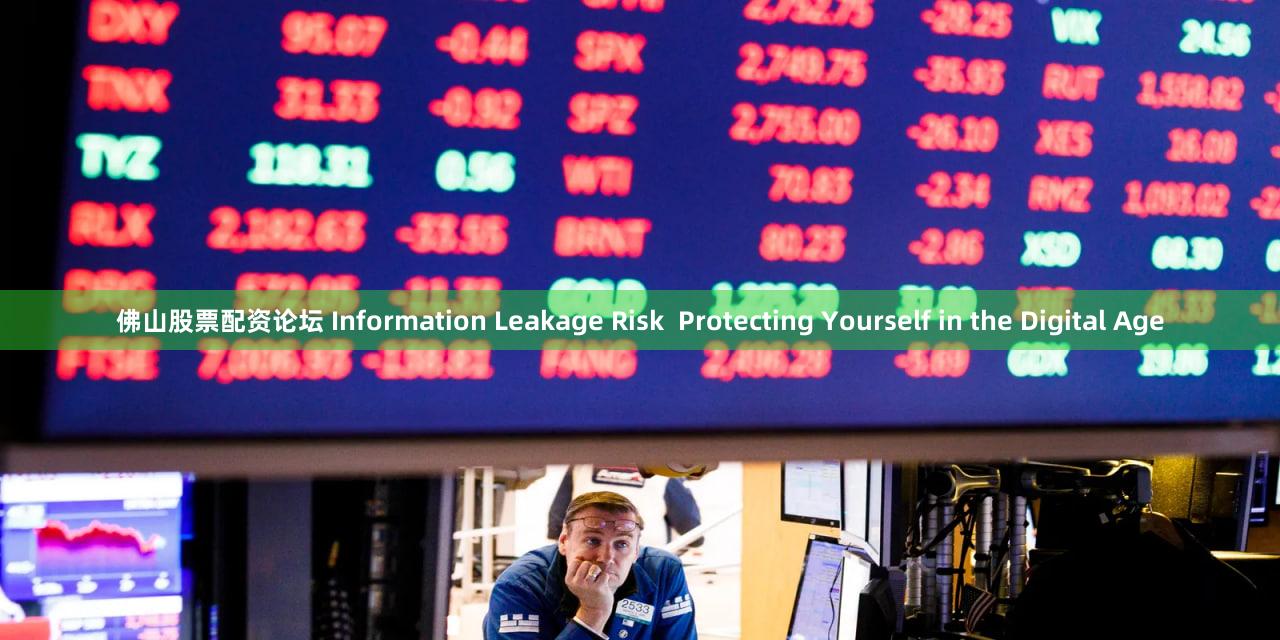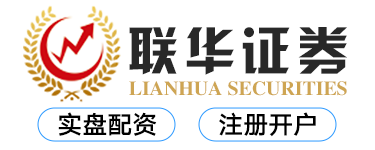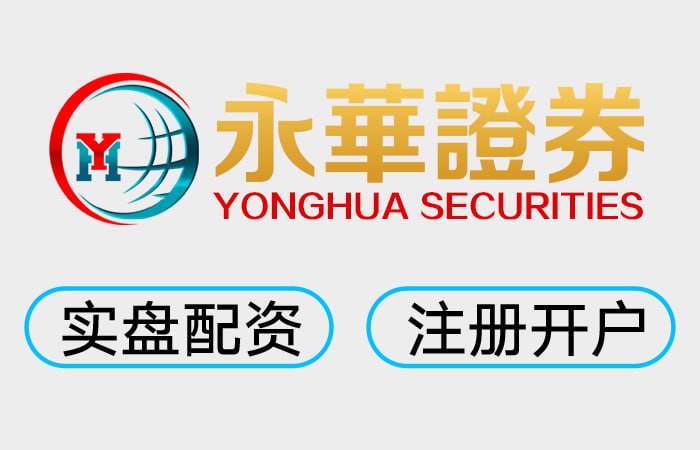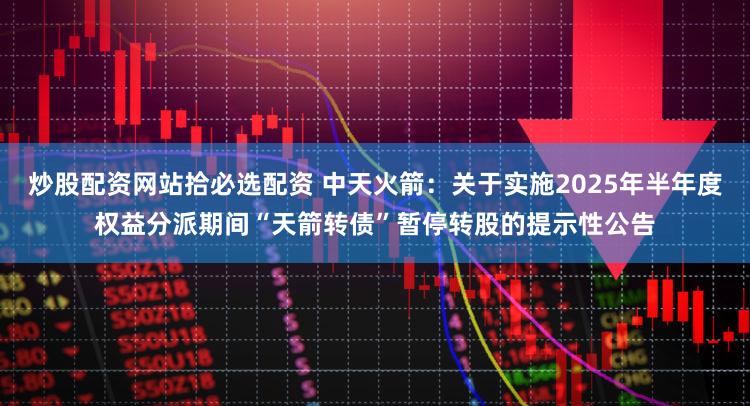
Information Leakage Risk: Protecting Yourself in the Digital Age
Meta Description: Understanding and mitigating the risks of information leakage, specifically concerning sensitive data like IDs and bank cards, in today's digital world. Learn how to safeguard yourself from identity theft and financial fraud.
A Clickbait Title: Your ID and Bank Card are Targets: Are YOU Safe Online?
The digital world offers incredible convenience, from online banking to e-commerce. But this convenience comes with a hefty price: increased risk of information leakage. Think about it – you're constantly sharing personal data online, from your name and address to your credit card number and even your social security number. One wrong move, one misplaced click, and your carefully guarded personal information could be exposed to the wrong hands. Imagine the nightmare scenario: identity theft, financial fraud, and the endless hours spent cleaning up the mess. It's a chilling thought, isn't it? This isn't some far-fetched Hollywood plot; it's a very real threat affecting millions worldwide. This isn't just about losing a few bucks; it's about your identity, your financial security, and your peace of mind. This article will delve into the murky waters of information leakage, exploring the threats, providing practical strategies for protection, and arming you with the knowledge to navigate the digital landscape safely. We'll uncover the common pitfalls, discuss the latest threats, and equip you with the tools to confidently protect yourself and your family. Don't just passively accept the risks; actively participate in safeguarding your information. Let's get started and unlock the secrets to a safer digital life! You’ll be amazed at how simple some of these preventative measures can be.
Seed Keyword: Information Leakage Risk
Information leakage risk is a pervasive threat in today's interconnected world. It’s not just about hackers breaking into systems; it's about the countless ways personal data can be compromised. From phishing emails cleverly disguised as legitimate communications to unsecured Wi-Fi networks broadcasting your sensitive information, the avenues for leakage are numerous and increasingly sophisticated. The consequences can range from minor inconveniences to catastrophic financial and reputational damage. Think about it: even something as seemingly innocuous as sharing your birthday on social media can be a piece of the puzzle for identity thieves. They use this information, combined with other publicly available details, to build a profile of you and potentially access your accounts. This isn't paranoia; it's a realistic assessment of the threats we face daily. Understanding the various vectors of information leakage is the first step toward effective protection.
Types of Information Leakage
Information leakage can manifest in many forms, each with its own unique set of vulnerabilities:
-
Phishing: This is a classic technique where malicious actors impersonate legitimate organizations (banks, government agencies, etc.) to trick you into revealing sensitive information. These scams often arrive via email, text message, or even phone calls. Be wary of any unexpected communication requesting personal data.
-
Malware: Malicious software, such as viruses and spyware, can secretly install itself on your computer or mobile device, stealing your data and transmitting it to the attackers. Keeping your software updated and using reputable antivirus software is crucial.
-
Data Breaches: Large-scale data breaches targeting companies that hold your personal information (like banks or retailers) are a major source of leakage. While you can't always prevent these breaches, you can mitigate the damage by monitoring your accounts closely and promptly reporting any suspicious activity.
-
Unsecured Wi-Fi Networks: Using public Wi-Fi networks without a VPN (Virtual Private Network) exposes your data to eavesdropping. Always use a VPN when connecting to unsecured networks.
-
Social Engineering: This involves manipulating individuals into divulging confidential information through psychological manipulation. This can range from seemingly harmless requests to more sophisticated schemes.
-
Insider Threats: Sometimes, information leakage originates from within an organization. Employees with access to sensitive data might intentionally or unintentionally leak information.
Minimizing Your Information Leakage Risk: Practical Steps
Protecting yourself from information leakage requires a multi-layered approach. Here’s a breakdown of practical steps you can take:
1. Password Management:
- Use strong, unique passwords for each of your online accounts.
- Consider using a password manager to securely store and manage your passwords.
- Enable two-factor authentication (2FA) wherever possible. This adds an extra layer of security, requiring a second form of verification (like a code sent to your phone) in addition to your password.
2. Software Updates:
- Keep your operating system, applications, and antivirus software up-to-date. Software updates often include security patches that address vulnerabilities that attackers could exploit.
3. Secure Wi-Fi:
- Avoid using public Wi-Fi networks for sensitive transactions. If you must use public Wi-Fi, use a VPN to encrypt your data.
4. Phishing Awareness:
- Be cautious of unsolicited emails, texts, and phone calls requesting personal information. Legitimate organizations rarely ask for sensitive details via these channels.
- Verify the sender's identity before clicking on any links or opening any attachments.
5. Data Backup:
- Regularly back up your important data to an external hard drive or cloud storage service. This protects you in case of a device loss or data breach.
Protecting Your ID and Bank Card Specifically
Your ID and bank card contain highly sensitive information that makes you a prime target for identity theft and financial fraud. Here are specific measures to take:
-
Shred sensitive documents: Don't just throw away documents containing your personal information. Use a cross-cut shredder to ensure that the information cannot be reconstructed.
-
Monitor your bank accounts: Regularly check your bank statements and credit reports for any unauthorized activity.
-
Use secure payment methods: Consider using credit cards instead of debit cards for online purchases, as credit cards offer better fraud protection.
-
Be mindful of where you use your card: Avoid using your bank card in suspicious locations or with unreliable vendors.
-
Report suspicious activity immediately: If you suspect any unauthorized use of your ID or bank card, report it to the relevant authorities immediately.
Frequently Asked Questions (FAQs)
Q1: What should I do if I suspect my information has been leaked?
A1: Immediately change all your passwords, monitor your bank accounts and credit reports, and report the incident to the relevant authorities and credit bureaus.
Q2: Are VPNs really necessary?
A2: Yes, especially when using public Wi-Fi or connecting to unsecured networks. VPNs encrypt your data, making it much harder for others to intercept it.
Q3: How can I detect phishing emails?
A3: Look for grammatical errors, suspicious links, and requests for personal information. Always verify the sender's identity before responding.
Q4: What is two-factor authentication (2FA), and why is it important?
A4: 2FA adds an extra layer of security by requiring a second form of verification, such as a code sent to your phone, in addition to your password. It significantly reduces the risk of unauthorized access.
Q5: Is it safe to use my bank card online?
A5: While there’s always some risk, using reputable websites and employing strong security measures (like 2FA and secure payment gateways) can minimize the risks.
Q6: How often should I review my credit report?
A6: It’s recommended to check your credit report at least annually to monitor for any suspicious activity.
Conclusion
Protecting yourself from information leakage requires constant vigilance and a proactive approach. It's not a one-time fix; it's an ongoing process of staying informed, adapting to new threats, and implementing security measures. By understanding the risks and taking the necessary precautions, you can significantly reduce your vulnerability and safeguard your personal information in the digital age. Remember, your online security is your responsibility. Don't wait for a disaster to strike; take action today!
文章为作者独立观点,不代表财盛证券观点






